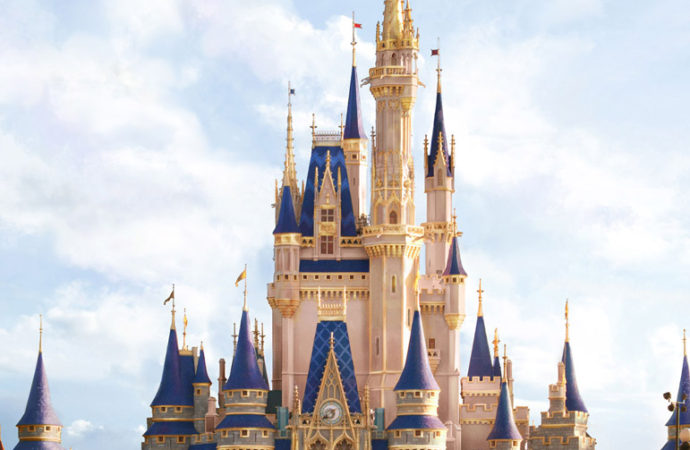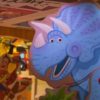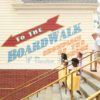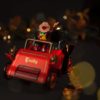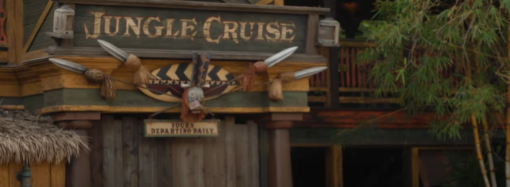As Disney Springs reopened last month and Walt Disney World’s four theme parks will begin to re-open in stages this Saturday, Disney has released a number of health and safety policies and procedures in order to keep their guests safe while visiting the Orlando resort.
The coronavirus, that is responsible for COVID-19, is referred to as a novel coronavirus because it is one not previously identified. As such, what was thought to be an effective procedure one day could change based on new information. As with many companies, Disney is no different in adapting to new information.

One of the concerns that many guests have is how Disney will handle the fingerprint scanners at the entrance of each park. Walt Disney World guests utilize a Magic Band that securely enables guests to engage with various aspects of the resort including acting as the guest’s theme park ticket. In concert with the Magic Band, to enter the park guests are required to place their finger on a scanner to match the guest with the correct ticket.
In the beginning of the year, when the virus started spreading in The United States, Disney was sanitizing the scanner after each guest use. As the park begins reopening this week, guests were wondering if Disney would still require them to scan their finger. In an article in today’s The New York Times, reporter Brooks Barnes confirmed that, “Fingerprint scanners will not be used at park entrances.”
Another update is the types of face masks that are acceptable on Disney property. Disney requires every guest to wear a mask as all times any where on Disney property with the exception of when eating and drinking while dining.
Initially there was not a lot of specifics about the type of mask, or as Disney calls it a “face covering,” except that it had to cover the nose and mouth, fit snugly against the side of the face, be secured with ties or ear loops, and be made of a breathable disposable or reusable material. Disney also stated that costume masks were not appropriate. Guests wore all types of masks including surgical masks, homemade masks, construction mask, cotton masks, and bandanas. Even though bandanas and neck gaiters did not fit the “secured with ties or ear loops” requirement, Disney seemed to tolerate them as long as a guest had on a face covering.
However, in recent days, it seems Disney is now restricting the use of bandanas and neck gaiters and requiring guests to wear traditional face masks. On Twitter today, @themeparkshark tweeted, “OPERATIONS UPDATE: Neck Gaiters are no longer allowed in Disney Parks. This has changed since yesterday. Traditional Face Masks are now required.” Twitter user @immersiveparks responded, “Yesterday a member of my group was told he had to replace his gaiter with a mask at the turnstyles.”
On Livescience.com, senior writer Rachael Rettner, reported on a recent study lead by Siddhartha Verma, an assistant professor at Florida Atlantic University’s College of Engineering and Computer Science, on how far a cough travels on its own and then with various types of face coverings. Without any covering, the droplets from a cough traveled 12 feet in under a minute,”but with a mask, this distance is reduced to just a few inches in the best cases.”
Rettner reported that “researchers then placed several types of non-medical masks on the mannequin head to test their effectiveness at blocking these ‘coughs’.” Coverings included a homemade mask, a single-layer bandana, a cotton handkerchief, and a non-sterile cone-style mask sold in pharmacies.
The multi-layered, homemade cotton mask allowed the cough droplets to travel only about 2.5 inches forward from the face. The cone-style allowed the cough droplets to travel about 8 inches and the bandana and the folded handkerchief fared the worst. Cough droplets leaked through the bandana and traveled more than 3.5 feet and more than a foot with the handkerchief.
